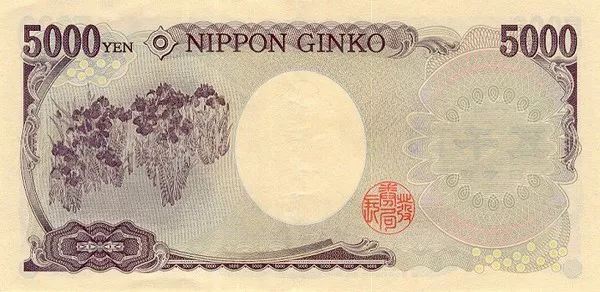USD/JPY opened out of a bearish gap, reacting to signals from Bank of Japan Governor Ueda and the male hawk.
Bets on further interest rate hikes by the Federal Reserve supported the greenback and helped prevent USD/JPY from falling.
Against a fundamental backdrop, investors need to remain cautious before taking positions on a clear decline in USD/JPY.
On Monday, USD/JPY opened out of a huge bearish gap of 85 points. In the first half of the Asian market, USD/JPY remained sluggish and encountered resistance at the 147.00 mark. However, USD/JPY managed to hold on to the 200 hourly simple moving average (SMA) support, which currently sits around 146.65.
Bank of Japan Governor Kazuo Ueda made hawkish remarks last weekend, signaling a possible interest rate hike. The Japanese yen (JPY) strengthened as a result, which in turn suppressed USD/JPY. Japan’s “Yomiuri Shimbun” reported on Saturday that Bank of Japan Governor Kazuo Ueda said that when the 2% inflation target is within sight, the central bank may end its negative interest rate policy. However, Kazuo Ueda reiterated that the Bank of Japan will patiently maintain ultra-loose policies until the Bank of Japan is convinced that inflation will continue to remain around 2% supported by solid demand and wage growth.
In contrast, the Federal Reserve (Fed) is expected to raise interest rates once more by 25 basis points before the end of this year and maintain higher interest rates for longer. This expectation was reaffirmed by a report in the Wall Street Journal, which said some officials are still inclined to test the waters for significant interest rate hikes on the grounds that they can then cut interest rates. Meanwhile, prospects for higher U.S. Treasury yields remain favorable, helping to limit the dollar’s modest pullback from its highest levels since March 8 hit last week and acting as a tailwind for USD/JPY, at least for now.
With no important relevant economic data released on Monday, against the above fundamental backdrop, it would be prudent to wait for strong follow-through selling before confirming that USD/JPY has peaked in the short term. Traders may also prefer to stay on the sidelines ahead of this week’s important U.S. macro data, with the latest consumer inflation data due on Wednesday and producer price index (PPI) and retail sales data on Thursday.


